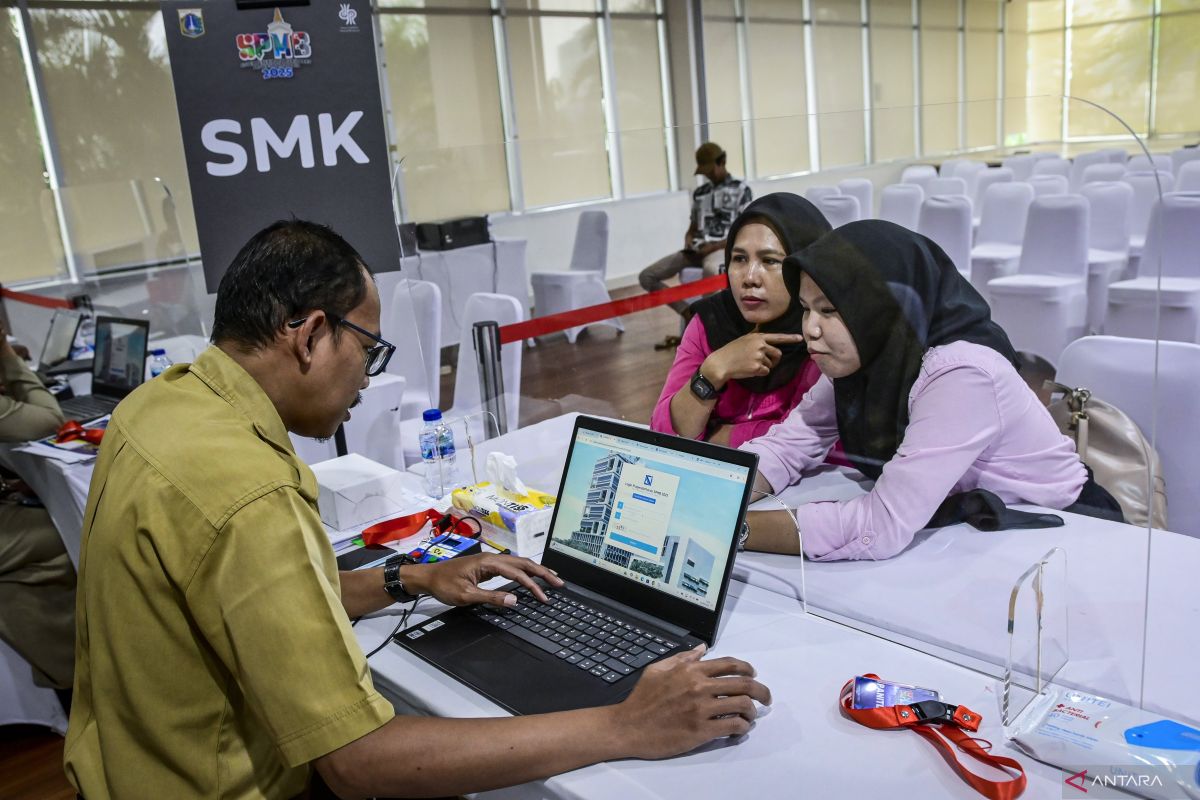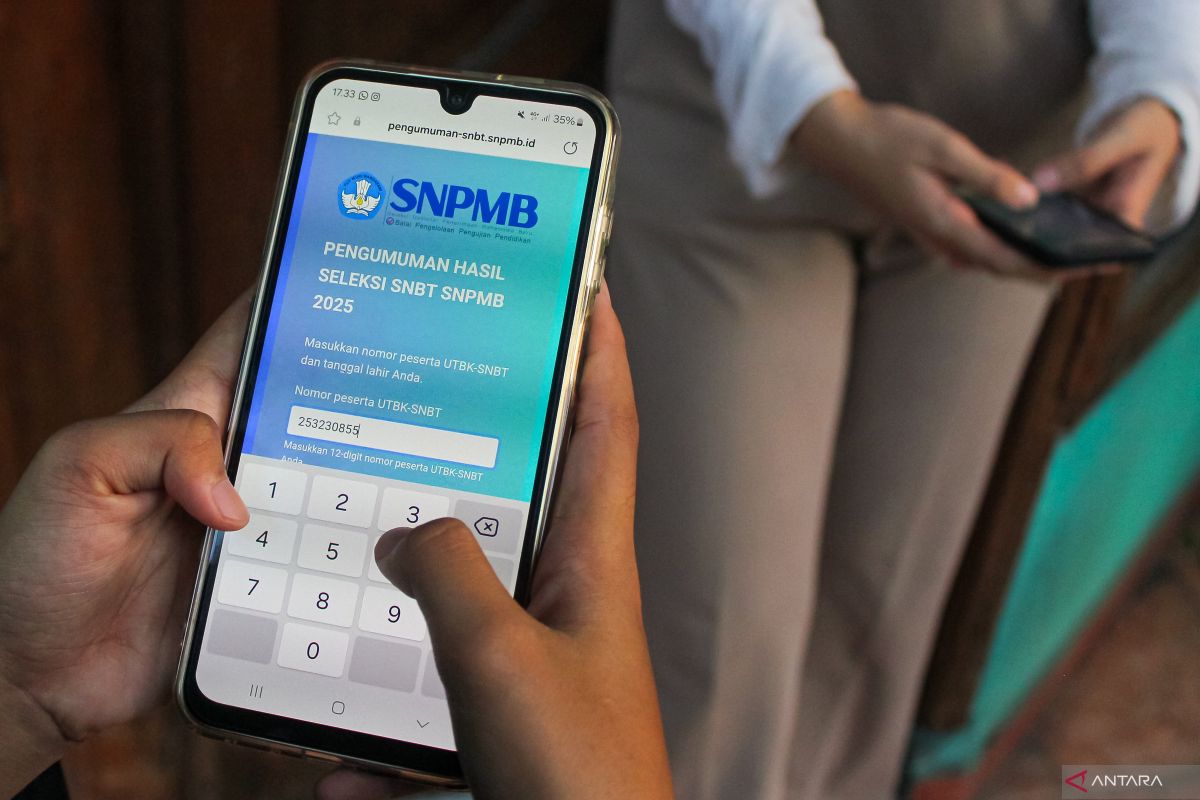International cricket chiefs have moved to ensure there will be no repeat of the controversy that marred India’s Twenty20 series win over England last winter, by amending concussion protocols.
England were left fuming in Pune five months ago when, with the series on the line, India were permitted to introduce Harshit Rana — a 90-mile-per-hour fast bowler — in place of batting all-rounder Shivam Dube.
Harshit went on to claim three key wickets in a 15-run victory that surged the home team into an unassailable 3-1 lead.
Match referee Javagal Srinath, a former India international, permitted the ‘like-for-like’ replacement during England’s chase despite Harshit batting in only three of his previous 25 T20 career appearances, scoring two runs, and Dube bowling just nine overs in his previous dozen T20 internationals.
However, from now on concussion replacements must be settled upon in advance of the toss, removing the advantage previously held by the home team of selecting from a greater pool of players.
The other significant change made by the International Cricket Council in relation to concussions is the introduction of a mandatory seven-day sit-out period for any player deemed to have been concussed.
Harshit Rana (centre) took three wickets for India after replacing the concussed Shivam Dube
Jos Buttler, England's white-ball captain at the time, was left furious by the host's manoeuvre
Dube returned to action for India just 48 hours after being removed from play by concussion
Remarkably, Dube returned to action for the fifth and final match of the series in Mumbai just 48 hours after the Pune row.
Previously, ICC guidelines stopped short of enforcing a sit-out, simply advising that a ‘player should usually take at least seven days out.’
In a huge break with tradition, the ICC is also preparing to introduce injury substitutes for the first time at international level — after announcing a six-month trial in domestic first-class matches around the world from October.
Players who suffer serious injury on the field of play at any time after the match has started (including any pre-match warm-up period) can be replaced for the remainder of the match by a like-for-like player.
It is designed to stop teams becoming disadvantaged when a player is ruled out of participating further in normal capacity due to a significant impairment such as a fractured bone or torn muscle.
Among the changes to the playing conditions coming in with immediate effect is a requirement for a fielder who makes airborne contact with the ball beyond the boundary to then land and remain inside the boundary.
An individual that has left the field of play can make subsequent contact with the ball while still airborne but landing outside the perimeter will result in four or six being signalled and catches not being upheld, even if another player completes the fielding.
This change will be implemented in international cricket before it is included in the laws of the game by the MCC next year.
The Indian Premier League has impact subs and now international cricket is trailing injury subs
The wicket zone for DRS judgments will now be the actual outline of the stumps and bails
On trial in white-ball games, wides will now judged on the batter's legs at the point of delivery
A stop clock in Test cricket has also been introduced, replicating its use in limited-overs internationals.
The fielding team will be given a warning if not ready to begin an over within 60 seconds of the previous one being completed. Failure to do so after two warnings will result in a five-run penalty being imposed against the fielding team for every subsequent breach up to 80 overs when the tally reverts back to zero.
Only one ball will be used in the last 16 overs of one-day international innings. Two new balls will be used until the end of the 34th over, at which point the fielding team will choose the ball to continue with.
The wicket zone for DRS judgments will now be the actual outline of the stumps and bails, while any deliberate short runs will not only lead to a five-run penalty, but the chance for the fielding team to choose which of the two batters takes strike next delivery.
On a trial basis in white-ball matches, the position of the batter’s legs at the point of delivery will now be used as the reference point for a wide, even if the batter subsequently moves across to the off side, providing bowlers with greater leeway.

 2 months ago
23
2 months ago
23

















































